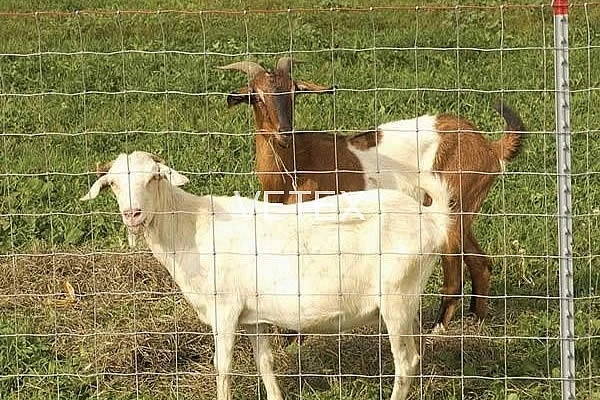 TEL:
+86-13102802206
TEL:
+86-13102802206
 Email:
fencenetting@china.com
Email:
fencenetting@china.com
 Language
Language
 TEL:
+86-13102802206
TEL:
+86-13102802206
 Email:
fencenetting@china.com
Email:
fencenetting@china.com
 Language
Language


Understanding the Prices of Fencing Barbed Wire
Fencing barbed wire has long been a critical element in agricultural, industrial, and security applications. This product is widely used for its ability to provide an effective barrier against intruders, animals, and even environmental factors. However, like many commodities, the price of fencing barbed wire can fluctuate based on a variety of factors. In this article, we will explore the reasons behind these price variations, current trends, and the overall market dynamics influencing fencing barbed wire prices.
Factors Influencing Barbed Wire Prices
1. Raw Material Costs The primary component of barbed wire is steel, which is subject to price fluctuations based on global market conditions. Changes in the price of iron ore, labor costs, and energy require careful consideration. For example, when there is a surge in demand for steel in construction and automotive industries, the price of raw materials for barbed wire production can increase, subsequently raising the final product price.
2. Manufacturing Processes The production of barbed wire involves several complex processes, including drawing steel wire, coating for corrosion resistance, and barbing. Each step incurs costs related to labor, machinery, and manufacturing technology. Innovations in manufacturing can lead to efficiency gains and lower production costs, while outdated machinery may result in higher costs, impacting pricing strategies.
3. Supply Chain Dynamics The logistics surrounding the transport of raw materials and finished products can also affect pricing. Factors such as fuel prices, transportation infrastructure, and regional availability of barbed wire can create price discrepancies. For instance, regions that are farther from manufacturing plants might see higher prices due to increased shipping costs.
4. Market Demand Demand for fencing barbed wire can be influenced by various industries including agriculture, construction, and security. Seasonal changes often lead to spikes in demand, particularly in agriculture during planting and harvest seasons. Additionally, increased focus on security measures in urban and rural areas has heightened the need for effective fencing solutions, thereby impacting prices.

5. Global Trade Factors Tariffs, trade agreements, and geopolitical tensions play a significant role in the pricing of barbed wire. Countries that import raw materials may face increased costs if tariffs are imposed, which can lead to higher prices for the consumer. Additionally, trade sanctions can restrict supply, further influencing market prices.
Current Market Trends
In recent years, the fencing barbed wire market has witnessed noticeable changes. The COVID-19 pandemic disrupted supply chains and led to labor shortages, causing delays in production and distribution. As economies reopen, the surge in construction and agricultural activities has revived demand, leading to an uptick in prices.
Moreover, sustainability trends are gaining momentum. More manufacturers are exploring eco-friendly and sustainable steel production methods to meet consumer demands for environmentally friendly products, which may initially increase expenses but can result in long-term savings and customer loyalty.
Conclusion
The pricing of fencing barbed wire is a multifaceted issue influenced by raw material costs, manufacturing processes, supply chain dynamics, market demand, and global trade relations. As we navigate through ongoing economic uncertainties, staying informed about these influencing factors is crucial for consumers and businesses alike. By understanding the nuances of this market, stakeholders can make informed purchasing decisions, ensuring that they receive the best value for their investments in fencing solutions.
Ultimately, as the world continues to evolve and prioritize both security and sustainability, the fencing barbed wire industry must adapt. Keeping an eye on market trends and remaining flexible to changes will be paramount for those involved in the production and procurement of this essential commodity. Whether used for agricultural fencing, industrial applications, or private security, fencing barbed wire remains a vital product with a diverse range of applications and a market that is continuously changing.